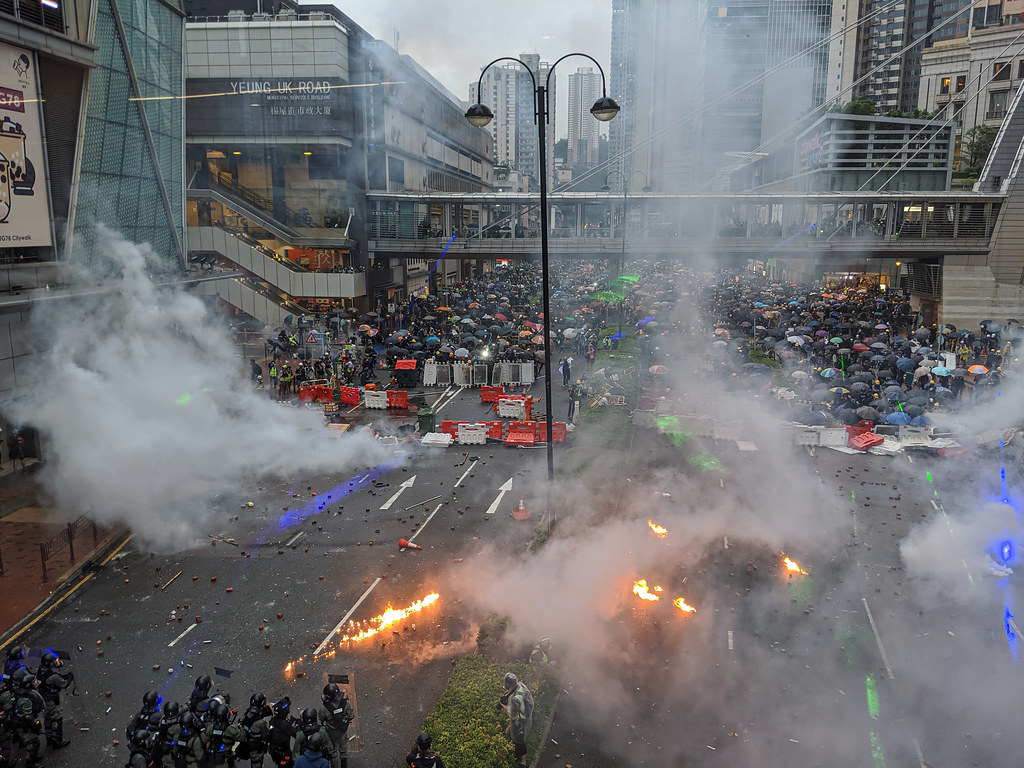
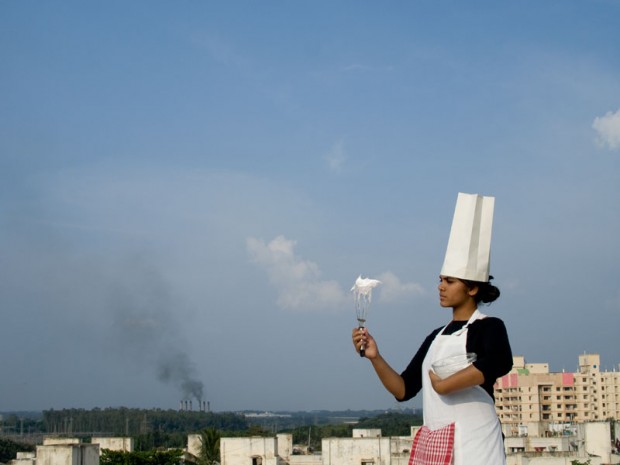

On November 9th, 2019 the Center for Genomic Gastronomy will install the Smog Tasting project in Hong Kong City Hall. Citizens will be able to taste and compare a range of smog meringues collected from around the city considering the flavors, ingredients, and composition of Hong Kong’s atmospheric taste of place.
Since 2011 we have been studying Aeroir (the unique atmospheric taste of place) in various locations around the planet.
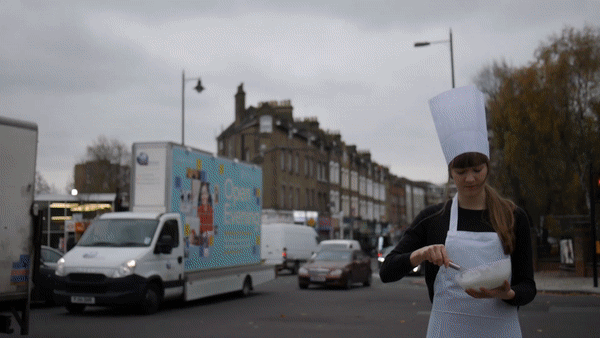
In Hong Kong we will be using the methodology of Smog Tasting: Take Out — local volunteers use Smog Tasting Kits to capture their neighborhood’s smog in the batter of meringue cookies.
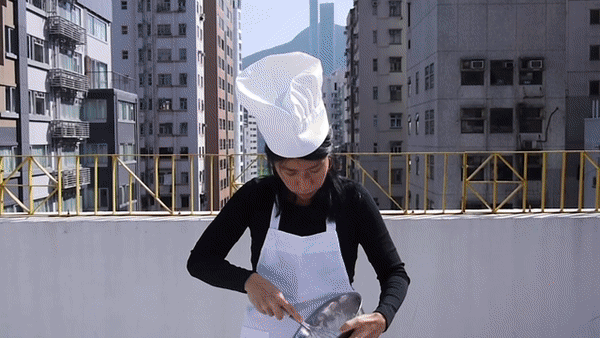
These neighborhood Smog Harvesters will then bake and send a batch of smog meringues to Hong Kong City Hall where citizens can taste and compare a range of smog meringues asking:
— What is in Hong Kong smog, and what does taste like in 2019?
— What are the current smog conditions and how do industry, energy production, transportation, commerce and even civil unrest contribute?
— Have recent actions, including the extensive use of tear gas, changed the composition and flavour of the air in the short term?
— In the slightly longer term, has Hong Kong (and the planet) begun to reach peak pollution, and what would a future of clean (and less pungent) air require?
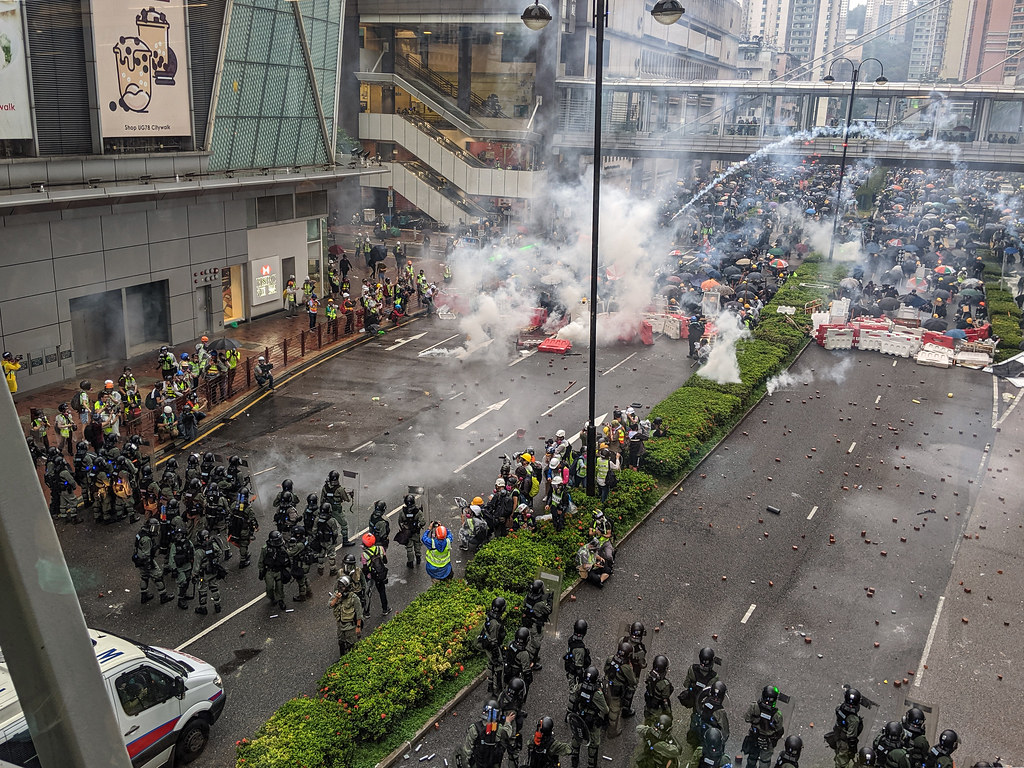
HONG KONG SMOG: A SHORT HISTORY
It isn’t uncommon for the world-famous skyline of Hong Kong to be obstructed by smog. On January 22, 2018, thick smog covered Victoria Harbour. According to National Geographic’s reporting, “Every monitoring station in Hong Kong reported dangerously bad air (…) particulate matter levels on January 22 hit eight times the acceptable maximum. Officials warned children, elderly, and those with heart or lung problems to stay inside.”
As we are writing this in late October 2020, the air quality across Hong Kong is considered “unhealthy” according to Air Quality Index standards and citizens are advised to “limit prolonged outdoor exertion”.
WHAT’S IN MY SMOG?
Air pollution is composed of several ingredients mixing together under UV sunlight.
The main three ingredients of air pollution are typically:
1) “PM (particulate matter)
2) NoX (nitrogen dioxide or nitric oxide), and
3) SO2 (Sulphur dioxide)
which are all produced by different factors.
Four major contributors to Hong Kong’s smog are:
A) coal-based power stations
B) local motor vehicle traffic (Hong Kong has one of the highest vehicle densities of any city in the world)
C) marine emissions from large ships coming to and from its ports and
D) pollution drifting over from mainland China
According to a study commissioned by Hong Kong’s Environmental Protection Department in 2012, a large percentage of Hong Kong’s particulate matter pollution (which can be the most detrimental to respiratory health) drifts over from mainland China. This can account for an estimated 60% of total air pollution in Hong Kong throughout the year and up to 77% in the windy winter months.
Hong Kong has one of the busiest ports in the world, and along with its neighboring cities in the Pearl River Delta zone, these ports create a lot of dangerous air pollution. Large container ships and cruise ships which use sulphur fuel actually create more pollution than road vehicles. To mitigate Sulfur Dioxide pollution, Hong Kong introduced a law that required ships to switch to a low sulfur fuel when mooring in the city. As a result, concentrations of sulphur in air pollution went down 30% to 50% in 2016.
Over 50% of Hong Kong’s energy is generated by burning Coal. Most of Hong Kong’s energy inputs are imported, with coal usually coming from Indonesia. Hong Kong does use alternative energy sources, like very small scale wind power, but use is quite minimal in the scheme of total energy production. Most energy is consumed for domestic use (52.3%) followed closely by commercial use (41.9%). When coal is burned it releases heavy metals pollutants into the air as well as sulfur dioxide, nitrogen oxides, and particulate matter.
TEAR GAS: A NEW FLAVOUR
But what are the other unique tasting notes of Hong Kong Smog? With the recent protests and police conflicts, the flavor of tear gas is a new ingredient in the aerior of Hong Kong. According a report by Buzzfeed, “The most common type of tear gas used today — and the one that’s filled the streets of Hong Kong — is known as CS, or chlorobenzalmalononitrile”. Though The Chemical Weapons Convention banned tear gas for war, it categorizes CS as a riot-control agents and not a chemical weapons. CS is created by an American company called Nonlethal Technologies and exported to the world.

According to multiple reports, police fired over 1800 rounds of tear gas by August 2019 in Hong Kong. At one point launching 800 rounds in a single day. Even though CS is common, its effects are not well understood. Sven-Eric Jordt from Duke University School of Medicine said, “I’m very concerned that we’re underestimating the toxicity, especially when it’s fired in these more dense cities like Cairo and Hong Kong” Although there are guidelines — such as not firing tear gas indoors — it’s impossible to say how well enforced they are…There’s no rules that these companies insist on once the products leave the US.”

CS burns and irritates, often leaving victims coughing until they vomit, but how long does it linger in the air? Are its peppery overtones what you notice when you taste the smog in Hong Kong?
WE ARE WHAT WE BREATH
In 2015 the Center for Genomic Gastronomy and CoClimate partnered with the World Health Organization (WHO) and World Meteorological Organization (WMO) to create the exhibition BREATHE which featured a version of Smog Tasting.

The show took place on the opening evening of the High Level Assembly of the Climate and Clean Air Delegation meeting and was designed to engage delegates on the matters of particulate air pollution and its impacts on health. The show traveled to the WHO Library and then COP21 in Paris and was specifically used to highlight connections between air pollution, climate, and health, which there was a general lack of awareness around.
In Hong Kong, awareness of the vast array of health issues related with smog is still fairly low.
Coronary heart disease and stroke, as well as skin problems, respiratory issues, and even mental health have all been linked to air pollution. Most people do not take action based on the advice of Air Quality Index readings, and carry on their daily activities as normal. Additionally, local people often compare the quality Hong Kong’s air to other large cities in China rather than the rest of the world, making it seem fairly normal rather than unsafe or unhealthy. In fact, while many countries and cities are becoming less polluted across the planet, others, like Hong Kong, seem to get even worse. Why is this?
PEAK POLLUTION
Have some nations or cities already reached peak pollution? Are we at a point where things can really only get better? The US, UK, Western Europe and even Mexico have seen a decrease in PM 2.5 pollution, while China, India and Northern Africa have increased.
Is this because some zones are “cleaning up”, installing alternative energy systems, reducing waste, minimizing pollution with better technologies? Or is it because some of us are outsourcing our pollution to neighbors nearby or across the world? Who has control of the means of pollution production anyways?
TASTE FOR YOURSELF
Smog Tasting: Take Out will be on display from November 9 – 17 at Hong Kong City Hall as part of the Microwave Festival. We will taste and compare smog from these 4 – 6 locations, considering the flavors, ingredients, and composition of the Hong Kong’s taste of place.
Peng Chau, Kam Tin, Tai Po, Lok Fu, Kwun Tong (unconfirmed), Wan Chai
